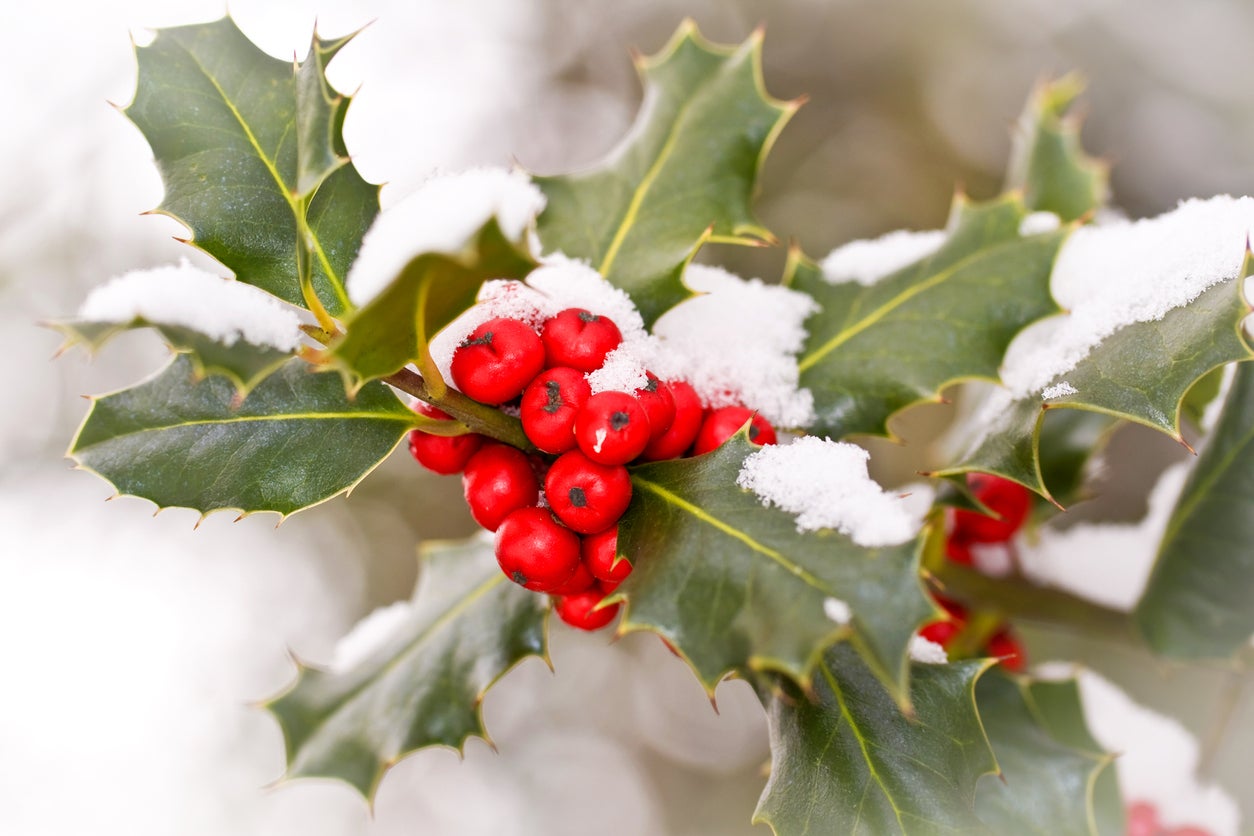Cold Hardy Shrubs – Popular Shrubs With Winter Interest


All shrubs look great in spring when new leaves or blossoms cover the branches. Some can add interest to a garden in winter as well. Shrubs for winter don’t have to be evergreens to be ornamental in the colder months. Some shrubs with winter interest have brightly colored stems or fruit that remain on the branches as autumn turns into winter. For more information about winter shrubs, read on.
Choosing Shrubs for Winter
Fall can bring brilliant and fiery displays as leaves turn different reds and yellows. Eventually, the colors fade and winter gray blankets all. If you choose your backyard shrubs carefully, however, they can add color and interest to the garden.
Which plants make good winter shrubs? It is important to pick cold hardy shrubs that thrive in your hardiness zone. In addition, look for shrubs that offer ornamental qualities when their leaves are gone.
Fruiting Shrubs to Grow in Winter
When winter arrives, you’ll be glad to have shrubs with winter interest in your backyard. Trees that hold onto fruit into the winter months are often very ornamental.
Winterberry hollies (Ilex verticillata) are popular choices for shrubs to grow in winter. These native shrubs lose their leaves in winter, but the red holly berries stay on the branches almost until spring. Wild birds feed on the fruit.
There are many other shrubs that hold onto fruit throughout winter. These cold hardy shrubs include:
- American cranberry bush viburnum (Viburnum trilobum)
- Staghorn sumac (Rhus typhina)
- Beautyberry (Callicarpa americana)
- Possumhaw viburnum (Viburnum nudum)
Winter Shrubs with Beautiful Bark
If a deciduous shrub has beautiful or unusual bark, it can become a focal point in winter. The Redosier dogwood shrub (Cornus sericea), a type of red-twig dogwood, displays brilliant red stems once autumn leaves fall. This makes it a great winter shrub to have.
Sign up for the Gardening Know How newsletter today and receive a free copy of our e-book "How to Grow Delicious Tomatoes".
Coral bark willows (Salix alba ‘Britzensis’) also stand out as a winter shrub. Their pale orange bark adds color to the garden.
Shrubs with exfoliating bark are especially lovely shrubs for winter. Consider planting a paperbark maple (Acer griseum). When its leaves fall, you can admire the cinnamon-hued peeling bark that is the texture of paper.
Another you could select is the Japanese stewartia (Stewartia pseudocamellia). Its bark peels back to expose hues of brown, silver, and gold.

Teo Spengler is a master gardener and a docent at the San Francisco Botanical Garden, where she hosts public tours. She has studied horticulture and written about nature, trees, plants, and gardening for more than two decades, following a career as an attorney and legal writer. Her extended family includes some 30 houseplants and hundreds of outdoor plants, including 250 trees, which are her main passion. Spengler currently splits her life between San Francisco and the French Basque Country, though she was raised in Alaska, giving her experience of gardening in a range of climates.